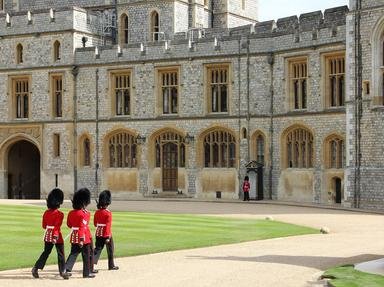Quiz Answer Key and Fun Facts
1. The House of Normandy came to power by force in 1066 when William the Conqueror (William I) emerged victorious from the battlefields. Which king, known also as Beauclerc, was the last of the Normandy monarchs?
2. In terms of English history the House of Blois isn't particularly well known, not least because it was in a position of power only fleetingly. Who was the only monarch, reigning from 1135 to 1154, that belonged to the House of Blois?
3. After some retrospective classification, which "Great Charter" monarch, much maligned by his medieval contemporaries, was the last of the Angevins?
4. Before it branched off into the House of Lancaster, King Richard II, known for his suppression of the Peasant's Revolt, was the last to be classified into which overarching royal house?
5. During the 1400s it was seemingly in fashion to seize the crown with the Houses of York and Lancaster passing the crown back and forth. Which Lancastrian monarch was crowned in 1422, deposed in 1461, restored in 1470, and then deposed again in 1471?
6. Featuring in the mnemonic for the colours of the rainbow, which monarch from the House of York died in battle at Bosworth Field, giving way to Henry VII and the Tudor dynasty?
7. Elizabeth I famously had no children and in so doing brought about the demise of the line of monarchs that began with Henry VII back in 1485. Was Elizabeth I the longest reigning Tudor monarch?
8. The turbulent history of the House of Stuart came to an end when which monarch, a daughter of James II, died in 1714?
9. The House of Hanover was known for its many Georges. Did the last of the Hanoverian monarchs take the regnal name George?
10. This figure was not the last of his line, but rather the last monarch to reign whilst the royal house was named Saxe-Coburg Gotha. Who was on the throne at the time that the House of Windsor was rebranded in 1917?
Source: Author
jonnowales
This quiz was reviewed by FunTrivia editor
ponycargirl before going online.
Any errors found in FunTrivia content are routinely corrected through our feedback system.
